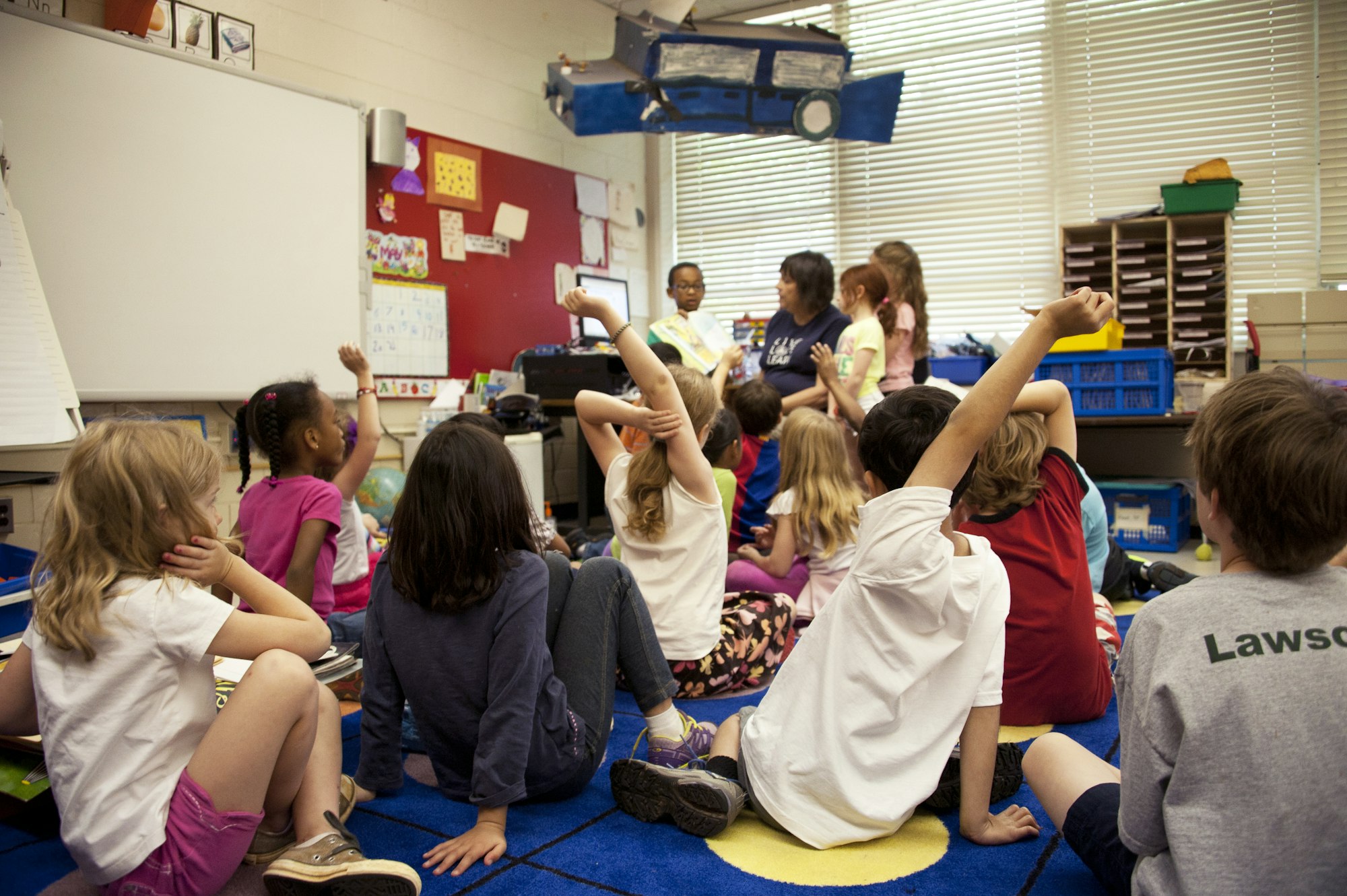American students are struggling in public school after prolonged school closures. New results from the National Assessment of Educational Progress (NAEP) released this week show that 13-year-olds’ reading and math scores have declined since 2020. The results provide more evidence that American students have suffered widespread learning losses.
National Center for Education Statistics Commission Commissioner Peggy G. Carr summarized the bad news:
There are signs of risk for a generation of learners in the data we are releasing today and have released over the past year. We are observing steep drops in achievement, troubling shifts in reading habits and other factors that affect achievement, and rising mental health challenges alongside alarming changes in school climate. The mathematics decline for 13-year-olds was the single largest decline we have observed in the past half a century. The mathematics score for the lowest-performing students has returned to levels last seen in the 1970s, and the reading score for our lowest-performing students was actually lower than it was the very first year these data were collected, in 1971.
This graph shows the board trends.
Source: NAEP
These long-term test scores follow similar discouraging NAEP results released last fall. As I wrote at the time, these learning losses should spur policymakers to focus on helping children catch up, including by using unspent federal emergency education aid for tutoring.
The growing evidence that American students are struggling should also focus renewed attention on the need to provide transparency about how public schools are performing. Every year, Congress and the Department of Education (ED) send billions in federal aid to states and school districts. These funds come with mild federal requirements, including that states test students annually, measure academic progress, and publish statewide and public school report cards in a timely manner. This information is necessary to help parents and the public understand how students and public schools are performing.
But several recent reviews have found that most states aren’t publishing school report cards transparently. For example, I determined that more than half of the states released test scores more than 100 days after the state testing window had closed, which often occurs after students had returned to school for the new school year. Education Reform Now detailed a widespread lack of transparency in how states published school report card information:
As of December 20, 47 states (including DC) reported their 2022 assessment results in the form of a table or spreadsheet. These raw spreadsheets contain massive amounts of data that take up a great amount of computing capacity and are often poorly organized, making it difficult for parents and other stakeholders to make sense of.
States’ apparent unwillingness to comply with federal rules attracted bipartisan attention from Congress late last year. In the report accompanying the omnibus funding bill that became law in December, Congressional appropriations committees instructed ED to report what it was doing to bring states into compliance with federal law school report card reporting requirements. That report is due to Congress this month.
With historic declines in American students’ test scores evident on the NAEP, Congress and ED have a responsibility to ensure that parents and the public have timely and useful information about how public schools are performing. Congress should hold hearings and conduct oversight, such as requiring the Government Accountability Office or ED’s Inspector General to review states’ compliance with academic transparency rules.
If states continue to fail to comply with federal law, Congress should rethink its approach to federal K-12 education policy. The current deal between Washington and the states is that Congress provides funds to support the education of disadvantaged children. In exchange, states are required to provide transparency. If states aren’t complying, Congress should consider other reforms to make public schools accountable to parents and the public, such as by providing funding directly to disadvantaged children or requiring school districts to provide parents with alternatives to their residentially assigned public school.

